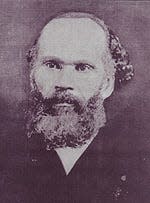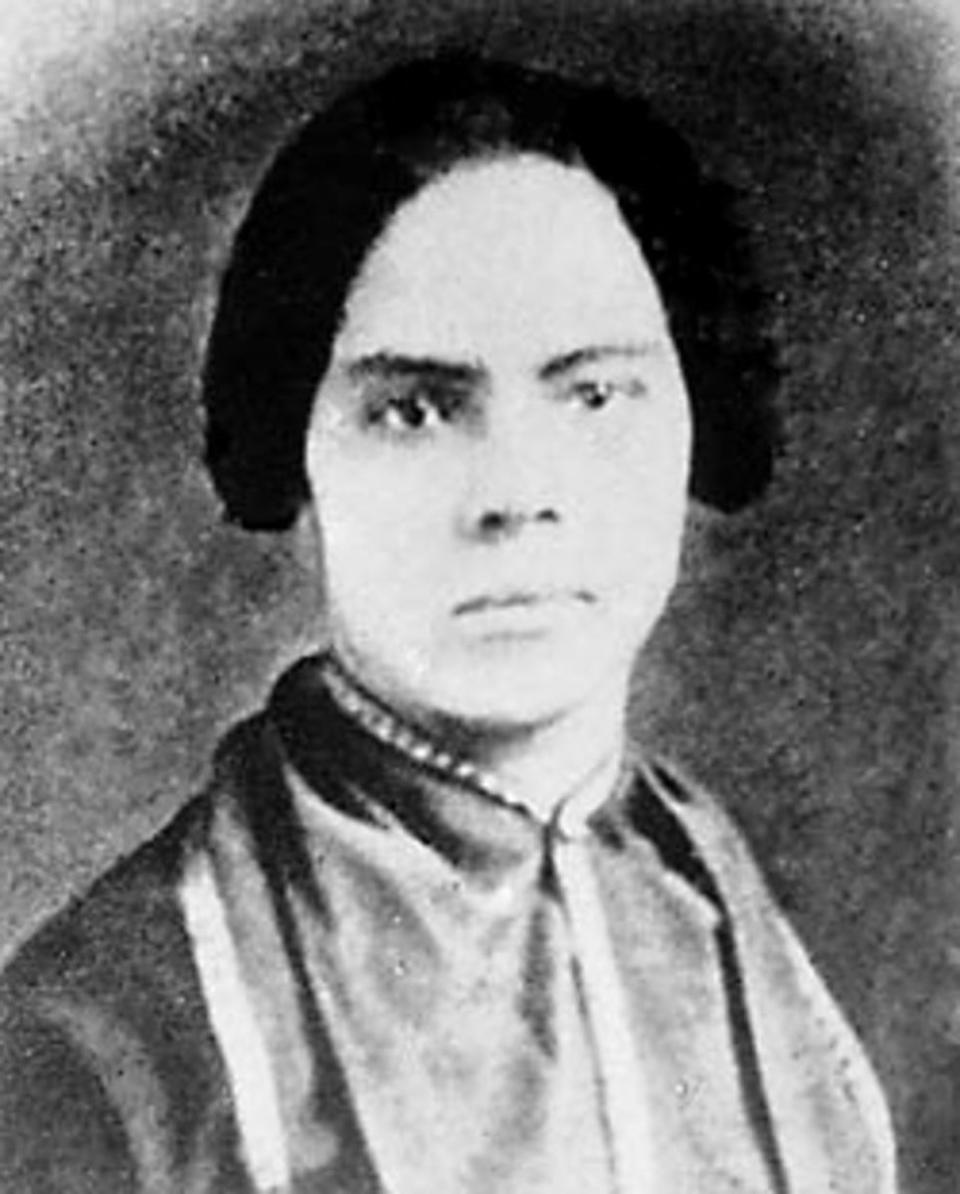Historical marker reveals story of Wilmington family who helped fuel the abolitionist movement
- Oops!Something went wrong.Please try again later.
- Oops!Something went wrong.Please try again later.
A Delaware family's contributions to the abolitionist movement in the United States and Canada in the 1800s may be little known today, but a historical marker unveiled during Black History Month will ensure they are not forgotten.
The Shadd family, who date to the 1700s in Wilmington, included Abraham Doras Shadd, a conductor on the Underground Railroad, and Mary Ann Shadd Cary, who among her many accomplishments was the first female Black newspaper publisher in America.
A cobbler by day and an abolitionist by night, Abraham Doras Shadd lived in Wilmington, Delaware in the 19th Century with his wife Harriet Parnell and their thirteen children.

Shadd strived for the civil rights of African Americans and later Afro-Canadians. He was a messiah for fugitive slaves and devoted his life to the abolitionist movement which sought the immediate end of slavery.
During the late 1820s, Shadd was a conductor on the Underground Railroad and had homes in Wilmington and West Chester, Pennsylvania. From those homes, he sheltered and assisted countless Black men in their Canadian pilgrimage who were being hunted, and hurried northward in their quest for freedom.
THE CITY'S PAST: Wilmington's turbulent history led to this exhibition. Here's why it's back
A prominent public voice, Shadd actively spoke on behalf of abolition. He was a member of the American Anti-Slavery Society headquartered in Philadelphia, and in 1833 he was elected as the President of the National Convention for the Improvement of Free People of Color.
Shadd later became the first Black man to serve in public office in Canada after his family moved there following the 1850 Fugitive Slave Act.
The historical marker's unveiling took place earlier this month in Wilmington's Spencer Plaza, close to where the Shadd family lived. It was attended by more than 90 people, including Gov. John Carney and descendants of Abraham Shadd.
"Black stories are essential to the ongoing story of America, our faults, our struggles, our progress, our aspirations, the full story," Carney said at the marker's unveiling.
TEACH BLACK HISTORY: Delaware lawmakers pass bill to mandate teaching Black history in schools
The Shadd family represents one of the premier Black families of Delaware whose contributions are etched in the first state's history. Their children had successful careers as lawyers, journalists, professors and politicians.
Perhaps the most prominent was Mary Ann Shadd Cary, the eldest.
When the lists of African American firsts are read, Mary Ann Shadd Cary’s name is everywhere, a woman who was eager for change and demanded action, not rhetoric.
“We have been holding conventions for years — we have been assembling together and whining over our difficulties and afflictions, passing resolutions on resolutions to any extent. But it does really seem that we have made but little progress considering our resolves,” she wrote in a letter in 1848 to the abolitionist and African American statesman Frederick Douglass.
Douglass printed the letter, an unapologetic critique of the abolitionist movement, and it became Shadd Cary’s first published work.
Shadd Cary was the first Black woman in North America to edit and publish a newspaper, The Provincial Freeman — Canada's first anti-slavery publication in 1853. “Devoted to antislavery, temperance and general literature” was the paper's slogan.

She published several pieces displaying Canada as a safe haven for former slaves and free Blacks and urged them to take the journey north.
"Mary Ann wasn't afraid of anybody. She stopped a taxi, a horse-run coach, at a time when they did not give rides to people with darker skin," said Lora Englehart, a former Wilmington resident, who had nominated Shadd Cary's name for the Delaware Women's Hall of Fame in 1997 and the National Women's Hall of Fame in New York in 1998, after she read extensive literature about her.
"Men would try to discredit her, to get her to be quiet but she wouldn't," Englehart said.
After the Civil War ended, Shadd Cary settled in Washington and graduated from Howard University Law School as one of the nation’s first Black female law students. She also taught there.
She thrust herself into the suffrage movement in 1874 and addressed the U.S. House of Representatives Judiciary Committee as part of a group of women petitioning for the right to vote, years before women finally exercised that right in 1920.
At a time when one's skin color meant the difference between life and death, Abraham Shadd's family broke down barriers, stood against injustice and influenced Delaware's African American history through their tenacity and sheer force of will.
"Abraham was like the standard-bearer, he led by example and passed that on through his children and you could just see that through the years," said Janmichael Shadd Graine, great-great-great-grandson of Abraham Shadd, at the marker's inauguration. "To see the recognition they have here, we are just elated."
Contact Yusra Asif at yqureshi@delawareonline.com.
This article originally appeared on Delaware News Journal: The story of the Wilmington family who helped lead abolitionist movement

